

Tom Orry, Editorial Director
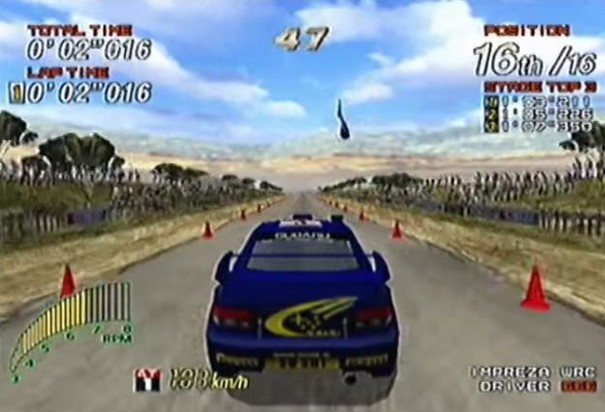
The buildup to the Dreamcast sticks in my mind as the first that I followed on the internet. I remember watching the very first videos of Sonic Adventure on my friend's dad's laptop. He had dial-up internet, and was allowed to abuse his dad's work account, so it cost nothing. It was living the dream, although it was debatable whether or not the hours-long wait to watch a tiny video of Sonic running was worth it. To me it was. The Dreamcast felt like the future. I'd been a Sega fanboy all the way until Sony convinced me the PlayStation was the right choice over the Saturn, and it felt good that Sega was back.
Of course, history tells us that the House of Hedgehog was far from back, in fact not long from a radical change that would shake the entire industry. But back to the Dreamcast itself. Sites like Sega Web were brilliant, giving us third-class Europeans (the console launched in Japan November 1998) a glimpse into the system's catalogue months before it was on sale in the UK, while a demo pod inside my local Virgin Cinema teased with playable versions of Sega Rally 2 and Sonic Adventure. The wait until October 1999 was long and arduous.
I did everything I could to make the weeks leading up to release more bearable. I bought the official Dreamcast magazine (one of the best that deserved a better outcome, much like the console itself) and grabbed a VMU two weeks before launch, fooling myself into thinking it was almost as good as owning the console itself - it wasn't, and even mini-games included in full releases were little more than gimmicks.
When the launch day rolled around my package from Simply Games took its sweet time turning up. It hadn't arrived when I got back from college, but eventually did, along with Sega Rally Championship 2, Hydro Thunder, Sonic Adventure, Toy Commander and Virtua Fighter 3tb. It was a joyous day. Sonic Adventure proved to be an irritating game to play at points, but boy did it look amazing. And having missed out on the Saturn, owning a home copy of Sega Rally made me very happy indeed.
The console was flush with amazing looking games. The House of the Dead 2, Sega Bass Fishing, Monaco Grand Prix, Power Stone, Ready 2 Rumble Boxing, Soulcalibur, TrickStyle all arrived at home close to launch, and the quality kept coming.
In the weeks that followed I convinced my friend to sell his entire N64 collection in order to buy a Dreamcast (he later got addicted to PSO), and the machine provided a window into the future of gaming. Sadly Sega never got to be part of the home console future, but it played its part. 10 years later I went on a buying spree, picking up loads of second hand games and another console. While I've probably only played it a handful of times, I can't quite bring myself to sell it all. It now sits under my desk at work, just in case there's a reason to bust it out.
Steve Burns, Deputy Editor
Like many I'd been completely turned off by Sega's previous console, the Saturn, even before it launched. The price was too high and the early round of games didn't appeal, despite some having obvious worth. I seem to remember reading a review of Shinobi X in CVG magazine and wondering what was going on. It looked terrible. Sega blundered on big titles, such as Daytona. More importantly for a 13-year-old, after launch the rest of my friends started to opt for PlayStation. I only knew one person who had a Saturn, and that had arrived by mistake when his family had ordered a kettle from a catalogue and were sent the console instead. It was tough to know if they were disappointed or not.
It seemed to me, at least, that Sega was fighting a losing battle from the start with Saturn: magazines I read at the time were constantly going on about how the PlayStation had better 3D graphics, and that to me (at the time) was what the generation was about. Coupled with Sony's exceptional PR, before long the Saturn had exited the battlefield, replaced with people arguing about the Nintendo 64 instead.
The run-up to launch of the Dreamcast couldn't have been more different. Sega seemed to have learned its lesson on the software front, making all the right noises with regard to 3D. The press seemed to agree, inspiring one mag, Arcade (RIP) to go with this rather over the top coverline, on the left of Clint:
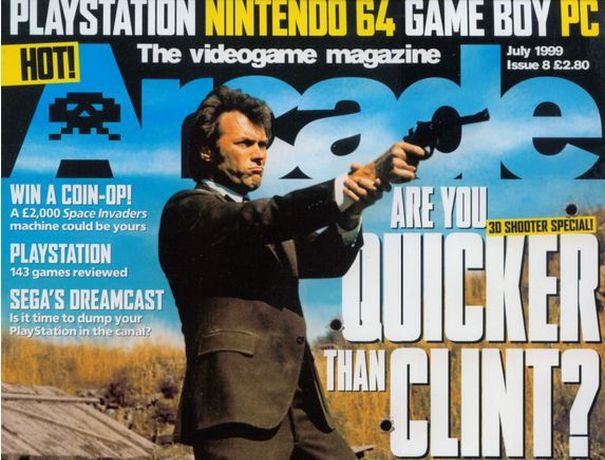
But what really intrigued was just how different the machine seemed from what had gone before it. The VMU excited me, I'm ashamed to say, mainly because I thought I could play Resident Evil on Dreamcast and not have to pause to see my health. The much-vaunted online functionality wasn't technically new - older machines had limited online elements that were restricted to certain regions - but until Dreamcast it was something I'd only been able to imagine. Sega was promising to make it reality.
There was also something utterly desirable about it. Sega had opted to let the Dreamcast name do the talking, but it also - literally - packaged the machine beautifully, with a blue and white colour scheme that wasn't a million miles away from what Apple does so well. Despite the JP and US releases substituting royal blue for gaudy orange, the first time I saw the actual box in an import store in London (it had launched over a year earlier in Japan) I knew I had to have it.
And so, in early October I sold my N64 and a load of games to a friend at school for 250 quid (a great deal for him) and put in my pre-order for a Dreamcast. I got it day one, and instead of spunking the rest of the money on a game I'd never played, I rented, erm, Blue Stinger. Because it was supposed to be like Resident Evil. Yes.
I was in love with the machine in the months that followed: after the low-fi poly work found in most PlayStation games, there was a clean-looking appeal to Dreamcast games that looked truly next-gen. The online functionality was basic, but it worked. House of the Dead 2 was superb. Resident Evil: Code Veronica was a thing. And I got my first taste of what it might be like to be a being a dirty, no-good games journalist when Sega sent out free copies of Chu Chu Rocket. (At the time, I could scarcely believe it had happened. Free games, in the post. Hold me.)
I would go on to downgrade the quality of my then-girlfriend's Christmas present to buy Shenmue. Virtua Tennis became a staple of many gaming nights at a friend's house. Oh, and Dynamite Cop. DYNAMITE COP.
It was a great machine, and precursor to much of what made the Xbox 360 one of my favourite consoles of all time. I'm ashamed to say that, along with everyone else on the planet, I probably let the PlayStation 2 hype get the better of me. Not that it really mattered, as Sega canned the thing anyway.
David Scammell, News Editor
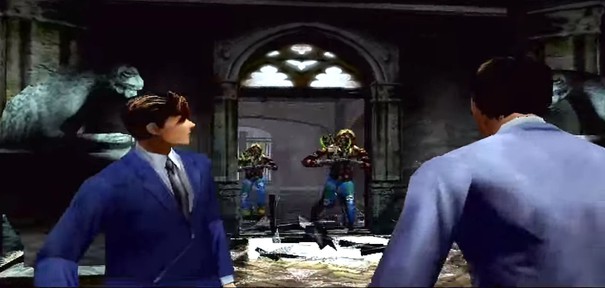
The Dreamcast was the Wii U of its day. A console overshadowed by the impending release of Sony's juggernaut PS2, but filled to bursting with under-appreciated classics and memories to last a lifetime. As a 13 year-old boy growing up amidst the great console war, I'll never forget seeing Sonic in full 3D for the first time, or playing The House of the Dead 2 in a friend's bedroom rather than the local cinema complex.
I remember popping into the local Blockbuster Video after school every now and then (a store, much like Sega's console business, that is now a long-forgotten relic) to spend as long as I could on the Dreamcast pod, bouncing between demos of Ready 2 Rumble Boxing, Toy Commander and Sonic Adventure, before taking Sega Rally 2 for a spin when I finally got one home for myself.
But the real beauty of the Dreamcast wasn't in its ability to bring much-loved franchises into the present, but spotting future trends ahead of their time, too. Long before smartphones - heck, long before mobile phones - were around, Sega had me looking after virtual pets on its VMU and trying to play online multiplayer games on dial-up, interrupting my mum's phone calls with those awful connection bleeps. It even had an MMO, for goodness sake.
The power of that launch line-up, though, from Sonic Adventure and Sega Rally 2, through to Power Stone and Ready 2 Rumble Boxing; Sega knew how to launch a console, it just didn't know how to sell it. And the games got better from there: Crazy Taxi, Soul Calibur, Virtua Tennis, Shenmue, Metropolis Street Racer... It was the arcade in your bedroom with 3D Sonic thrown in to clinch the deal, and arguably the best, most purest games console of all time.


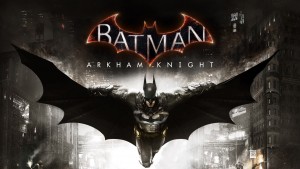

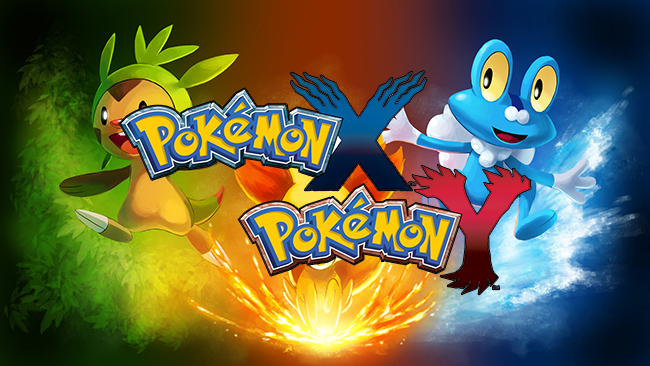 Pokemon X & Y Type Chart - GamersHeroes
Pokemon X & Y Type Chart - GamersHeroes The Evil Within Guide: Chapter 5 Room Puzzle Guide
The Evil Within Guide: Chapter 5 Room Puzzle Guide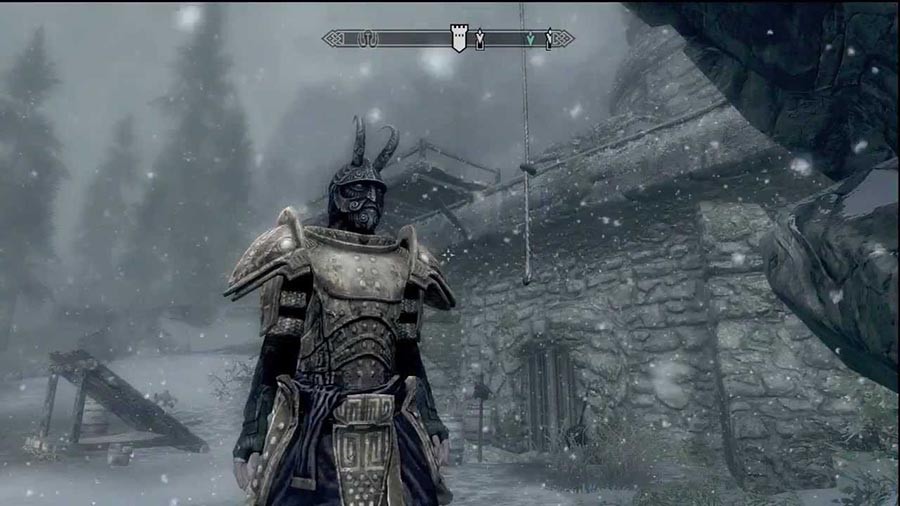 The Elder Scrolls V: Skyrim Treasure Map Guide
The Elder Scrolls V: Skyrim Treasure Map Guide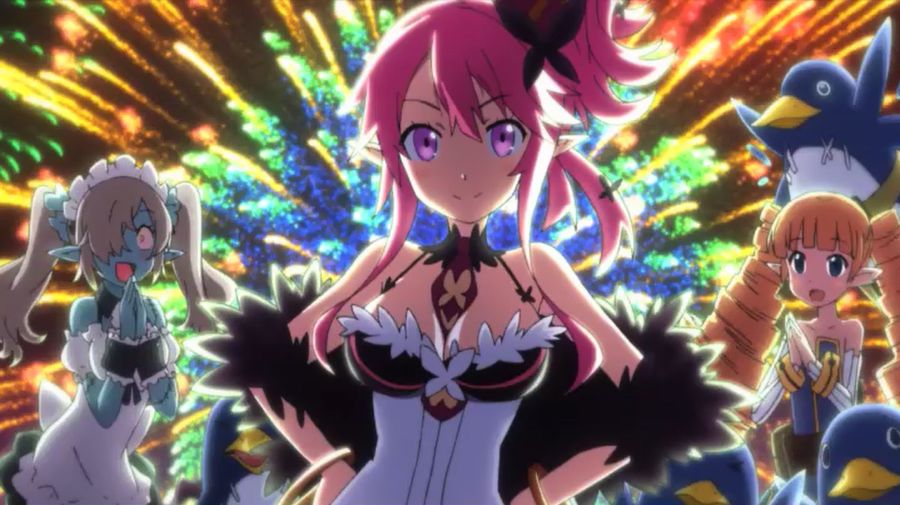 Disgaea 5 Alliance Of Vengeance Tips
Disgaea 5 Alliance Of Vengeance Tips Custom Zombies: How To Download and Play Custom Zombie Maps.
Custom Zombies: How To Download and Play Custom Zombie Maps.